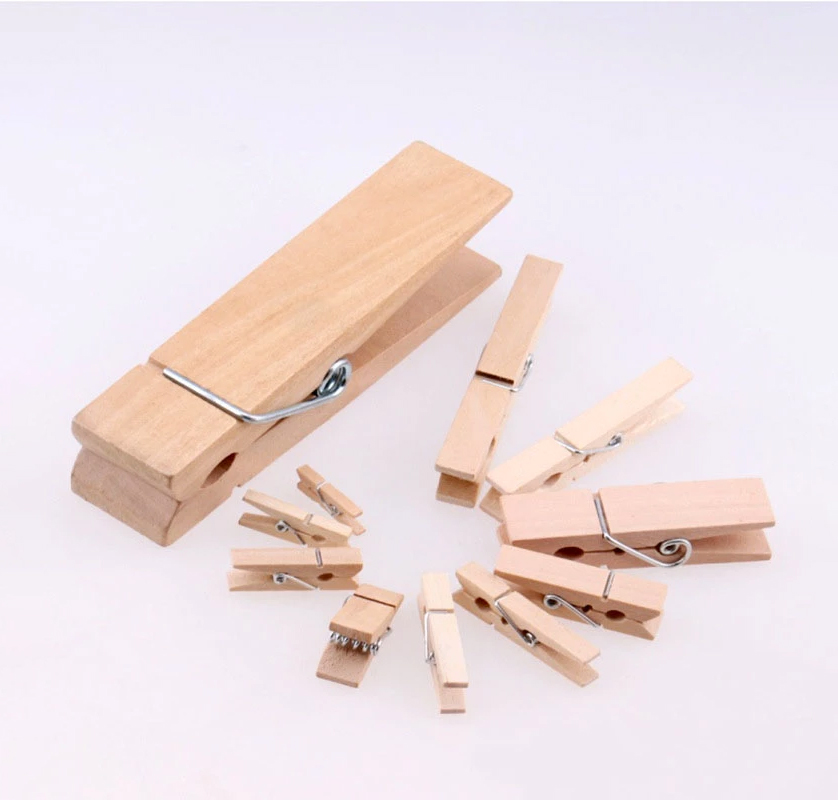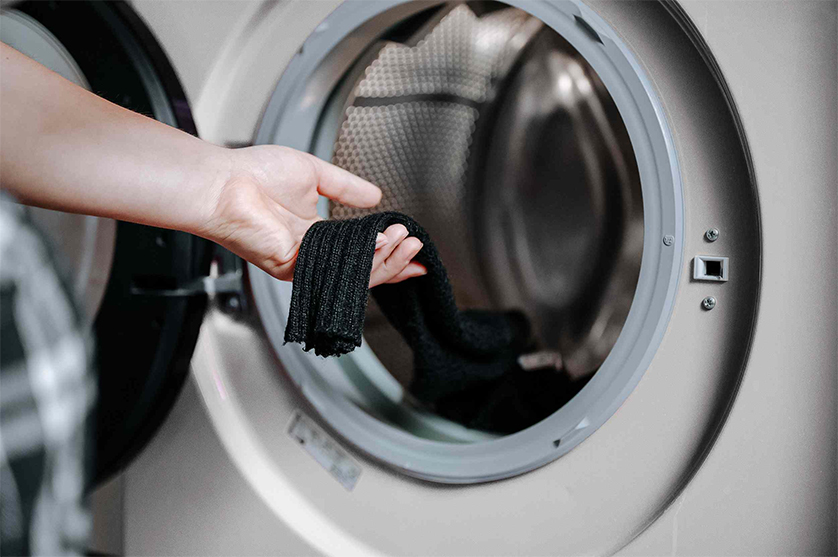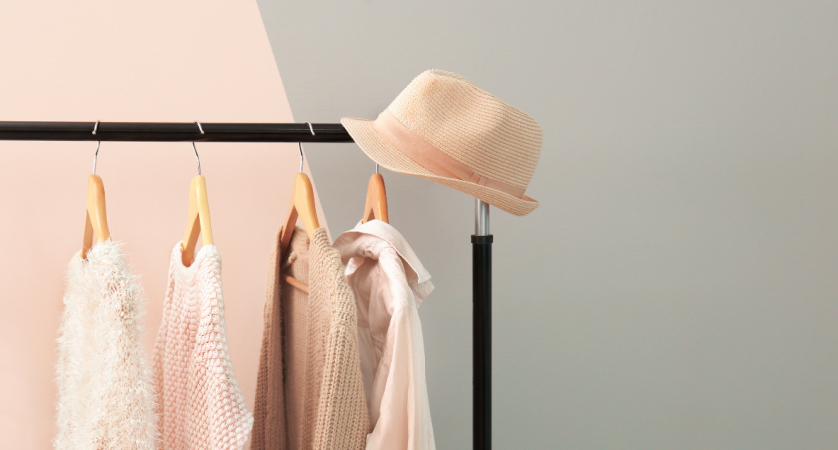If you want to lead a more environmentally conscious life and start embracing a greener lifestyle, then a few small changes in your routine can make a huge difference. Starting with some adjustments when doing laundry is a fantastic first step towards achieving that goal. Adopting eco-friendly washing practices will not only result in a lower environmental footprint, but it will also result in economic savings and less wear and strain on your clothing, allowing them to last longer.
Contents
Use Plastic Free Pegs to Hang Your Laundry
As we Australians are notorious for hanging our clothes out to dry for most of the year, people are making a simple move to replace the plastic pegs that are always falling apart in our hands with wooden cloth clips. Some people have discovered that avoiding plastic pegs allows them to contribute less plastic to an already overburdened trash stream.

A few broken pegs may not seem like a huge concern, but picture what happens when millions generate the same amount of garbage. While plastic is the most harmful product to the environment, other materials are used for creating pegs. Eco-friendly pegs are not only good for the environment, but they are also long-lasting. They’re becoming the new hot item on the market, so if you want to buy plastic-free pegs for your home, stainless steel and bamboo are popular choices.
Thanks to metal and wooden cloth clips you can readily get online, drying your clothes with the environment in mind has never been easier. Just to give you an idea, bamboo pegs are also beneficial as the more durable alternative to plastic pegs. When they reach the end of their useful life, you merely need to remove the metal component. The leftover bamboo may be composted. It is widely favoured due to its zero-waste nature.
The main disadvantage of these pegs is that they discolour if left on the line for lengthy periods of time. When not in use, remove them off the line to get the most out of their use. On the other hand, stainless steel clips are the most popular eco-friendly pegs, and they dominate the market worldwide. These are manufactured by shaping stainless steel wires into a single piece. They are available in a variety of stainless-steel grades, including 201 and 304 stainless steels. Pegs are now constructed of 316 marine grade steel, which is extremely robust and solid.
Skip the Dryer Machine
Clothes dryers consume the most energy in our homes, second only to refrigerators, thus cutting back on drying your clothes in a dryer’s machine can significantly minimize your carbon impact. When possible, pull out the clothesline and hang your garments to make them last longer.

Air-drying your clothes with the suitable metal or wooden cloth clips is encouraged since it not only saves electricity but also extends the life of your garments. Heat causes less rubbing and wear, colour fading, and shrinkage, and dryers break down spandex and elastane much faster, causing your clothes to become misshapen, and they cause microscopic damage to the fabric. Air-drying garments will likely feel less soft than using a dryer, especially if you’re used to using fabric softeners, but if that’s a concern, you may try throwing them in the dryer for a few minutes to fluff them up.
If you don’t have a suitable area for a clothesline outdoors or if your family is allergic to pollen, you can hang items inside to dry. Just make sure there’s enough airflow so moisture levels don’t get too high and encourage mould development indoors. Some people like to hang their clothing with the eco-friendly clothes pegs near some heat source, which not only speeds up the drying process but also provides humidity to the dry air inside.
To begin with the means of drying your clothes indoors you should invest in an indoor clothes-drying rack. When not in use, these drying racks typically fold down and store simply and discreetly, assisting you in organizing your laundry room. When you do use the dryer, keep the lint screen clear so that air can flow and your clothing will dry faster.
Instead of scheduled drying, use the moisture-sensing option on your dryer if it has one. Dryer balls may also be used to minimize drying time and soften textiles. They allow you to avoid the toxic chemicals found in standard dryer sheets, and you may smell your garments with essential oils if desired.
Say Goodbye to Fabric Softeners
Fabric softener is a waste of money that is also harmful to you, your clothing and the environment. Fabric softeners were popular fifty years ago when washing detergents were ineffective and left garments rough and scratchy. That is no longer true. Modern detergents perform an acceptable job of cleaning and softening, so we don’t need to add softener, whether in the form of liquid in the washing machine or a dryer sheet. They may also contain chemicals sourced from petroleum or palm oil. In addition, some aren’t cruelty-free/vegan, as they contain Dihydrogenated tallow dimethyl ammonium chloride, which is obtained from animal fat.

Choose Natural Clothing Fibres
When we wash synthetic fabrics like polyester fleece, acrylic, and nylon thousands of minute bits of plastic wash away with the rinse water. According to research, marine life ingests these fibres and absorbs plastics into their tissue, which is not good for them or the animals that end up eating them, including ourselves. Choose organic cotton, wool, bamboo, or other natural fibres for your clothing and bedding to help reduce plastic pollution.
Use the Cold Water Settings as Often as Possible
Reduce the amount of energy consumed to clean your garments by using cold water settings as often as possible. Up to 90% of the energy required to wash your clothing is spent to heat the water! Depending on how much washing you do, the type of water heater you have, and your utility costs, this simple move might save you hundreds of dollars each year.











